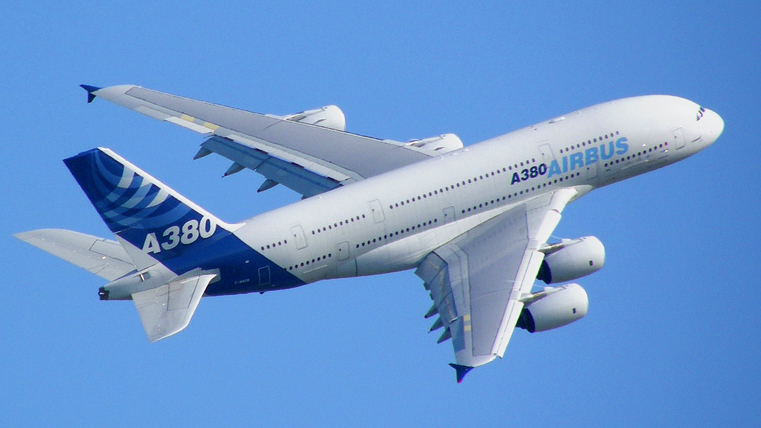A computer has come up with the best way to recover from jetlag, according to new research.
With millions of people travelling between time zones, jetlag is a constant problem, leading to lost  productivity and potential harm to longterm health.
productivity and potential harm to longterm health.
Consequently scientists, and airlines, have been searching for the ideal strategies to entrain the body clocks of weary travellers to their new time zones.
Most of these efforts have been unsuccessful, usually on the grounds of being impractical because they demand unrealisitic levels or frequencies of light exposure.
Now Yale researcher Kirill Serkh and Michigan University's Daniel Forger have built a computer simulation of the body clock to develop and test what they say is the optimal body-clock resetting schedule to get travellers settled into new time zones in the shortest possible time.
Traditionally, one day per time zone is the expected rate of recovery. Serkh and Forger reckon, with their system, the same is achievable within just 2 or 3 days.
Writing in PLoS Computational Biology, the two researchers explain how they have built an "in silico" representation of the human body clock, which consists of a cluster of interconnected nerve cells that "tick" through a series of clock genes, which turn each other on and off, taking about 24 hours to complete the sequence.
They've also factored in the resetting signal sent from the eyes to the clock in response to bright light, and a degree of variability in the model to represent the subtle differences between individuals in a population.
Run over many simulations of 12 and 8 hour shifts in time zone, the model was able to reproduce the results of previous studies that have explored recovery times from jetlag, proving that the model was accurate.
Serkh and Forger were then able to devise their own schedules of activity and light exposure that a traveller should adopt to achieve recovery in the minimum time, which was 3 to 4 days.
The schedule is uncomplicated and involves intense daylight exposure for about 12 hours each day, from what would be the middle of the night in the previous time zone and starting immediately on arrival in the new time zone.
Depending upon when a flight arrives, this may be more or less feasible, but with the help of artificial light sources, it would be achievable. The only "flight" in this ointment is that it now needs to be tested on real people!
- Previous In-vitro vagina
- Next Gene for baldness found










Comments
Add a comment